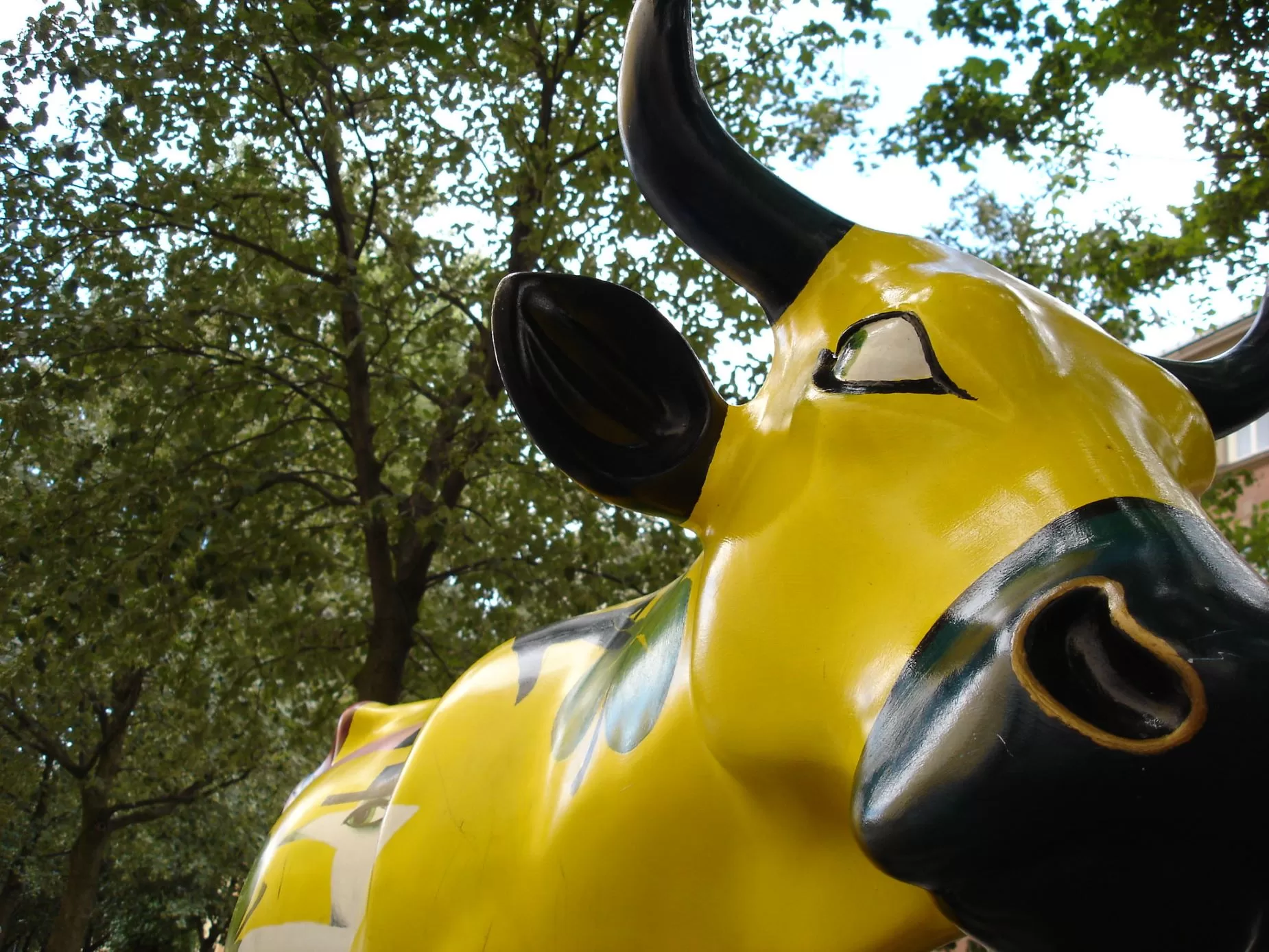THE PARLOR is a new series on The Milk House that embraces the lighter side of rural life. You can find a new piece by a different author the first Saturday of every month. * My neighbor, Bob, hauled her home for me. I met up with him at the sale barn before I even saw the big, yellow cow and her Charolais-cross calf. “Hi, Bob.” He was leaning on the rail of a pen, checking out some Black Angus...

